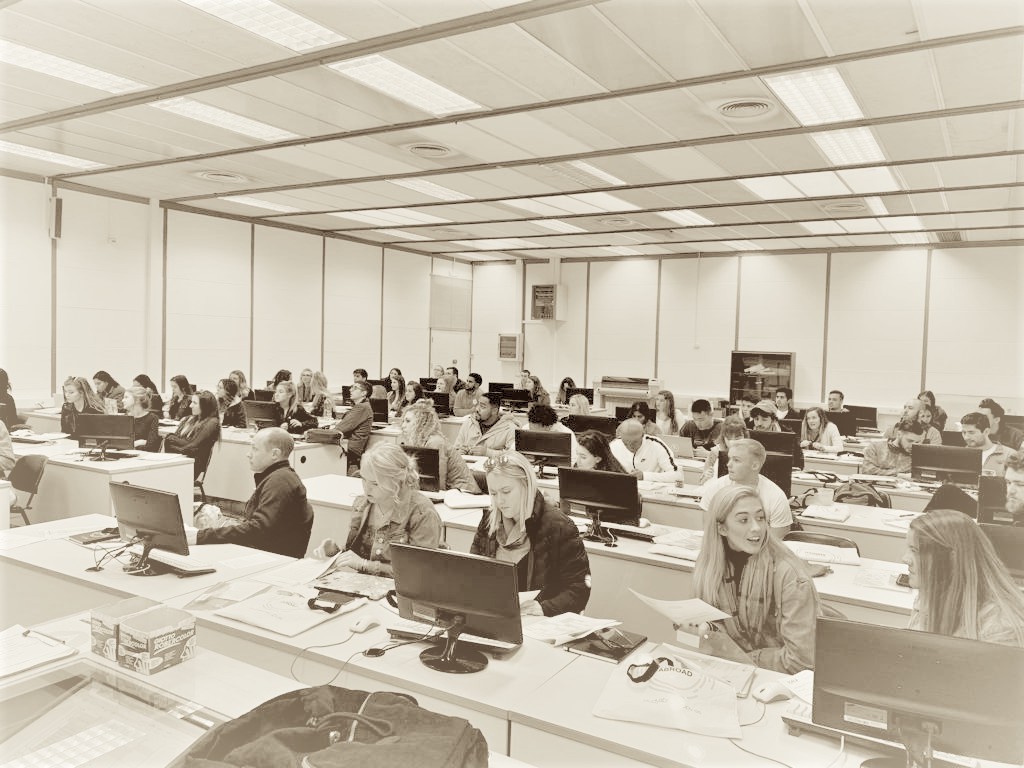
|
|

• Attendance
• Assessments
• Sexual Harassment Policy
• Students With Disabilities
• Academic Honesty Policy
• University Ombudsman
• Statement On Audio And Video Recording
• Syllabus Change Policy
Thermodynamics
3 Credits | 200 Level | 38 Contact hours
The primary reference for the course is:
Chemical, Biochemical, and Engineering Thermodynamics by Stanley I. Sandler, Waveland Press.
ISBN: 978-0-471-66174-0.
This course uses the Web extensively. Internet access and a Web browser are required for homeworks, which will be hand out through PoliformaT. Most of the lectures will be done exclusively on the blackboard, so a notebook is highly recommended.
In addition, a calculator with trig, exponential and log capabilities should be brought to every session.
How can we separate gasoline and jet fuel from crude oil mixture to the required specification?
Can we determine the theoretical upper limit of power conversion efficiency of various solar cells, heat engines or geothermal power plants?
How do we purify pharmaceutical products to remove byproducts and impurities with detrimental health hazards?
A key to answering these questions lies in understanding thermodynamics, which is one of the foundational pillars of chemical engineering. Designing processes and equipment to achieve abovementioned things will first require understanding of how those chemicals (often complex mixtures!) change their state when placed under various different conditions and processes such as addition/subtraction of energy through heat and work.
This can be understood and predicted based on principles of thermodynamics. Therefore, thermodynamics forms the foundation of process and equipment design which you will later learn in the chemical engineering curriculum.
In addition to practical applications, you will learn through this course that the thermodynamics is a very general and powerful tool to analyze all kinds of physical systems: animal cells, hurricanes, the ocean, the sun, galaxies, black holes, chemical reactors, you name it. Scientists regularly analyze the behaviors of various physical systems of their interest using thermodynamics for fundamental scientific discovery and some of you may join this effort throughout your careers.
As future chemical engineers, you will be performing important functions in the society. Many of you will be tasked with figuring out how to produce, transform, transport and use chemicals and energy in ways that improve quality of life, safety, prosperity of the society. Through this course, you will acquire
foundational knowledge on thermodynamics that you need throughout your engineering careers.
1. Introduction to thermodynamics.
2. Conservation of mass.
3. The first law of thermodynamics. Conservation of energy.
4. Entropy and the second law of thermodynamics.
5. Selected applications.
6. Thermodynamic properties of real substances.
7. Equilibrium and stability in one-component systems.
8. The thermodynamics of multicomponent mixtures.
Upon completion of this course, students will be able to:
• Explain and apply the fundamental concepts, principles and terminology of macroscopic
thermodynamics of pure component systems.
• Recognize and identify thermodynamic concepts in phenomena associated with simplified,
idealized, and real physicochemical systems.
• Apply the first and second laws of thermodynamics to simplified, idealized, and real
phenomena for single and multiphase substances in closed and open systems.
• Analyze and quantify the performance of energy conversion devices.
• Derive and/or compute the equilibrium properties of pure component substances.
• Apply the thermodynamic equilibrium conditions to two-phase equilibrium.
CHECKPOINTS: maximum 5 points.
HOMEWORKS: maximum 20 points.
MIDTERM EXAM 1: maximum 20 points.
MIDTERM EXAM 2: maximum 25 points.
FINAL EXAM: maximum 30 points.
The exams will be problem oriented. A scientific calculator is required for the exams.
The final grade will be calculated normalizing the final score of each student.
|
